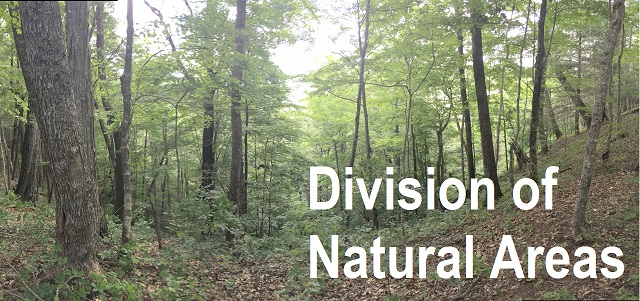Title
Snag densities in old-growth and second-growth Appalachian forests
Document Type
Article
Publication Date
4-1983
Abstract
Snag densities were compared among 3 forest communities in each of a virgin and a 35-year-old 2nd-growth mixed hardwood stand in eastern Kentucky. Snags10 cm dbh was higher in the forest community dominated by chestnut oak (Quercus prinus) and red maple (Acer rubrum) than in the forest community dominated by American beech (Fagus grandifolia). Black locust (Robinia pseudoacacia), flowering dogwood (Cornus florida), and white sassafras (Sassafras albidum) were more prone to formation of snags >10 cm than were red maple, American beech, or red oaks (Erythrobalanus). A 85-year-old clear-cut provided some characteristics of suitable pileated woodpecker (Dryocopus pileatus) habitat (36-60-cm-dbh trees, 25-28-m2/ha basal area, and >430 trees/ha), but other factors may affect habitat quality for cavity-nesting birds.
Recommended Citation
McComb, W. C., and R. N. Muller. 1983. Snag densities in old-growth and second-growth Appalachian forests. Journal of Wildlife Management 47:376-382. doi:10.2307/3808510



Comments
"The information reported in this paper (82-8-41) was collected in connection with Kentucky Agricultural Experiment Station Projects 621 and 624 and is published with the approval of the Director. This is publication 5 of Lilley Cornett Woods: Appalachian Research Station of Eastern Kentucky University, Richmond."